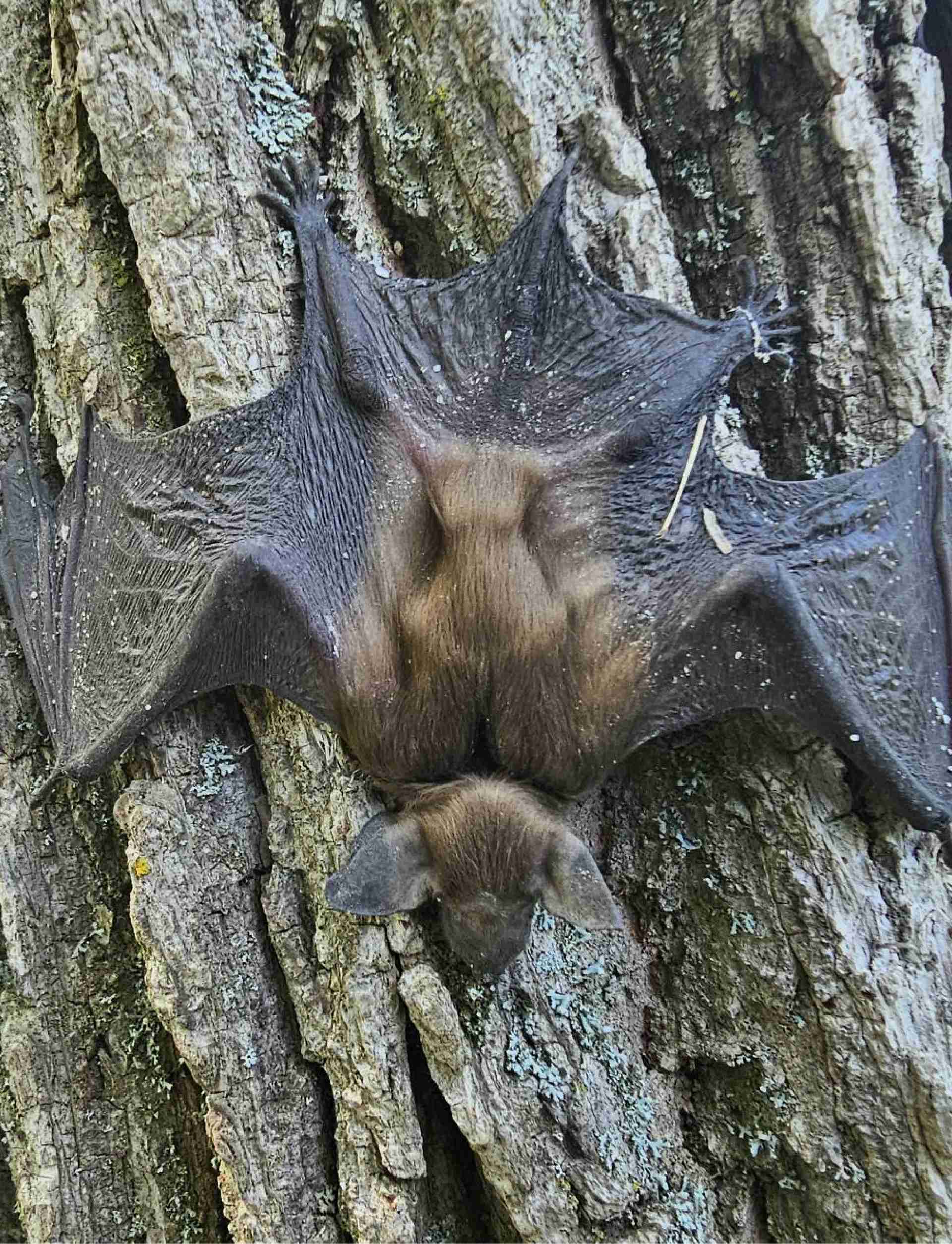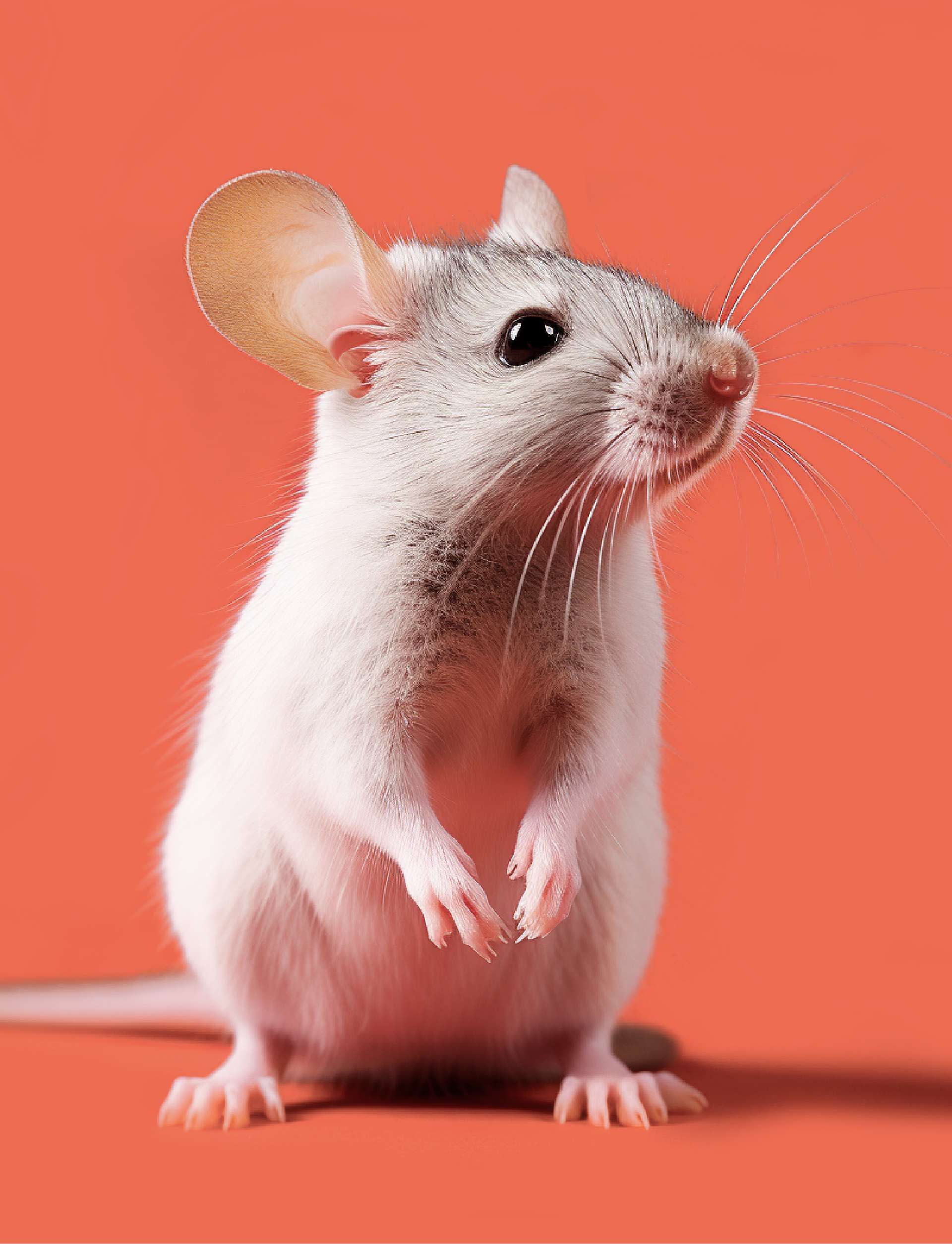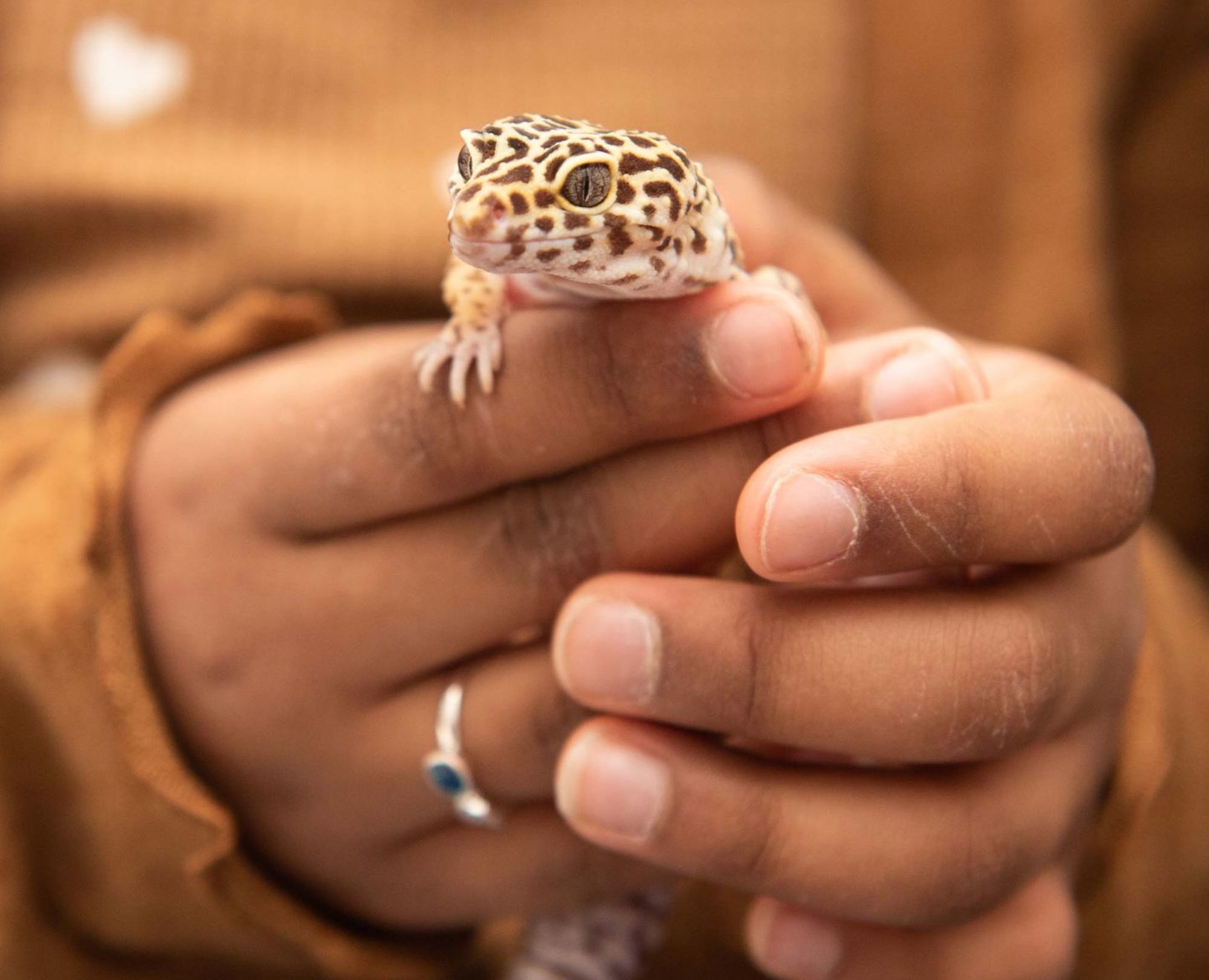
Exploring Wildlife's Nightly Adventures
The nightlife of Kitchener Waterloo is known best by the local nocturnal wildlife, who spend most of their active time under the cloak of night. Although most nocturnal animals, such as bats, raccoons, skunks, and mice go unnoticed during the night time, they leave behind traces of their activity. Many Kitchener residents awaken to a garden full of shredded vegetation and backyards riddled with torn-up grass, while others may notice signs of evening activity from toppled-over garbage and recycling bins.
Since it is unlikely to spot nocturnal animals during their nighttime activities, KW residents may be curious about what animals are doing while they sleep. Every nocturnal animal has their own unique routine travel routes, and feeding locations that they create for themselves. These habits change with the seasons and are vital to their survival. Our team at Skedaddle Humane Wildlife Control is happy to share our knowledge on the nocturnal habits of KW’s favourite local wild animals, learn about how their activity impacts homeowners and the local ecosystem, and why certain species thrive during the night.
Bats
Bats are one of the most well-known nocturnal animals. These fascinating creatures are known for their unique ability to use echolocation to navigate their surroundings. After the sun goes down, this ability helps bats locate their food and return to their colonies to sleep the days away and care for their young. Although many people picture bats flying through the darkest times of night, bats are actually most active at dusk, when the last traces of the sun have just faded away. As swarms of insects fly through the evening air, bats collect mouthfuls of protein with each swoop. At night, bats also have less competition from the birds, allowing them to enjoy the swarms of bugs all to themselves.
Typically bats fly together as a colony - especially when on the hunt. By foraging their food in groups, bats are able to find their prey faster. Once the night grows colder, bats will search for water or head back to their den to rest. They will feed again before daybreak once the insects become active again. Due to a fatal disease known as white-nose syndrome, little brown bats in Ontario and all throughout North America have become endangered, making it even more important to choose humane bat control to protect all remaining bats.

Raccoons
Raccoons are some of the most prolific backyard nighttime visitors. Under the cloak of night, raccoons are able to hide from predators such as coyotes and foxes much easier as they scavenge for food. Their dark fur helps them to blend in with the dark landscape of the night. As soon as sunset falls, raccoons will leave their den site and head directly for a food source, or towards a pond, lake, or river for water. Areas like the Grand River make for a great late-night watering hole for local raccoons.
Unlike their nocturnal bat friends, raccoons will typically travel alone. By keeping to themselves, raccoons are able to scavenge easier, with no need to share their findings with others. They will feed themselves until they are satisfied, and then begin the journey back to one of their multiple den sites. Raccoons will often travel from one den site to another at night, allowing them to explore more food sources each day. Every raccoon typically has about five to ten den sites in any given Kitchener community.
Skunks
Similar to the masked bandits, skunks travel low to the ground and are very vulnerable to the predators around them. Skunks are particularly at risk of attack from predators since they can not climb like raccoons. Although their defense mechanism is famous, a skunk’s spray sac takes between ten to fourteen days to refill, leaving skunks vulnerable for nearly two weeks after spraying. This is why skunks prefer to travel during the evening when it is easier for them to hide from predators under the blanket of darkness.
Skunks will leave their den at the first signs of darkness after sunset, heading straight for food or water sources. They will search through gardens and tall grass, digging into damp lawns in search of grubs and bugs to eat. Once they have filled their bellies, they search for water or head back to one of their multiple den sites. Just like raccoons, skunks have multiple den sites to choose from, which allows them to eat from different food sources every night.

Mice
As the smallest of all of the nocturnal creatures on the list, mice also use the cloak at nightfall to become their most active. Their small stature makes them vulnerable to predators with no solid defensive system to protect themselves. This is why mice must use their ability to hide and travel through small spaces to survive. Mice will awaken and begin to search for food at the first signs of nightfall. They often travel in the same routes, following a trail of pheromones as their guide from their food source to their home. Mice are incredibly social creatures, so during the night they will play and eat together, using all of the energy they have from sleeping throughout the day.
Similar to other urban wildlife, mice find safety and comfort within residential homes. Here they will dwell inside cupboards, attic spaces, basements, and behind the cover of drywall. Once the night arrives, they will emerge following the scent of food or trash, usually closest to the kitchen. Mice are incredibly social creatures that often live in groups consisting of one to two dozen mice. During the evening mice will socialize, play, mate, and feed together, using all of their energy until the sun returns.
Learning what nocturnal creatures are up to when we tuck ourselves into bed is an important part of understanding the local wildlife around us. The more we know about the urban animals that live in our communities, the more we can do to help them thrive. Keeping a safe distance from wildlife is the best way to keep them and yourself protected. During the evening, be sure to turn on your porch light before letting your dog outside to ensure that no conflicts between your pet and a potential skunk or raccoon arise. Covering garbage and recycling bins are another great way to avoid problems with nocturnal animals. If wildlife find their way into your home, trusting a humane, experienced company like Skedaddle Humane Wildlife Control is the best way to protect your property and the animals in your community.

Back to All Blog Posts
Explore more blog posts about animal care, pet safety, and animals within our community.


